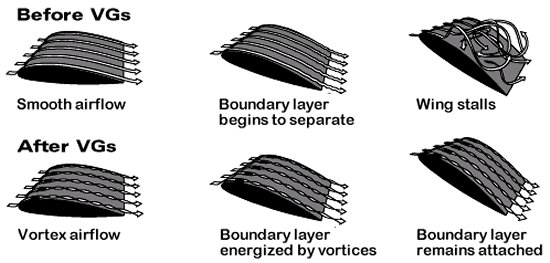Today I had planned to do some aerodynamic tests using wool tuffs fixed to the car. Not just to see how the air over the car, but also to see if my NSX-R hood and front underbody cover is actually doing something with the airflow over the front of the car (air coming out of the hood opening).
Unfortunately, the weather was pretty bad and we decided to postpone the real testing to a later date. However, I decided to do a few small tests to test the methodology as well and see if it would work at all.
So, I fixed about 60 12cm (4.8") wool tuffs to the rear hatch and trunk lid and a few left side rear quarter panel and drove a short distance on the highway with my camera fixed to my NSX-R wing.
The weather was pretty dark and rainy, but I could take some shots that give you an idea.
Just uploaded them to YouTube and you can find them here:
<object width="425" height="344"><param name="movie" value="http://www.youtube.com/v/7xRhwlMqNyY?hl=en&fs=1"></param><param name="allowFullScreen" value="true"></param><param name="allowscriptaccess" value="always"></param><embed src="http://www.youtube.com/v/7xRhwlMqNyY?hl=en&fs=1" type="application/x-shockwave-flash" allowscriptaccess="always" allowfullscreen="true" width="425" height="344"></embed></object>
In the second run I briefly took the car up to about 85mph. You can see how the tuffs on the trunk lid are pointed straight ahead but those halfway the rear hatch are twirling in the wind.
But, most important, you see the tuffs near the rear window garnish going INSIDE the opening. This must be because the air is going IN and NOT OUT.
So, basically, the air is going into the egine bay through the rear garnish.
I am planning to redo these test in a more complete manner and then use a few longer tuffs (around 6-8 inches) on the rear hatch to see if it can tell me more about the way the air flows over the car.
Also interesting to see was the fact that the tuffs I fixed to the B-style of the car were going around to rear hatch, pointing to the center of the car.
Unfortunately, the weather was pretty bad and we decided to postpone the real testing to a later date. However, I decided to do a few small tests to test the methodology as well and see if it would work at all.
So, I fixed about 60 12cm (4.8") wool tuffs to the rear hatch and trunk lid and a few left side rear quarter panel and drove a short distance on the highway with my camera fixed to my NSX-R wing.
The weather was pretty dark and rainy, but I could take some shots that give you an idea.
Just uploaded them to YouTube and you can find them here:
<object width="425" height="344"><param name="movie" value="http://www.youtube.com/v/7xRhwlMqNyY?hl=en&fs=1"></param><param name="allowFullScreen" value="true"></param><param name="allowscriptaccess" value="always"></param><embed src="http://www.youtube.com/v/7xRhwlMqNyY?hl=en&fs=1" type="application/x-shockwave-flash" allowscriptaccess="always" allowfullscreen="true" width="425" height="344"></embed></object>
In the second run I briefly took the car up to about 85mph. You can see how the tuffs on the trunk lid are pointed straight ahead but those halfway the rear hatch are twirling in the wind.
But, most important, you see the tuffs near the rear window garnish going INSIDE the opening. This must be because the air is going IN and NOT OUT.
So, basically, the air is going into the egine bay through the rear garnish.
I am planning to redo these test in a more complete manner and then use a few longer tuffs (around 6-8 inches) on the rear hatch to see if it can tell me more about the way the air flows over the car.
Also interesting to see was the fact that the tuffs I fixed to the B-style of the car were going around to rear hatch, pointing to the center of the car.
Last edited:











